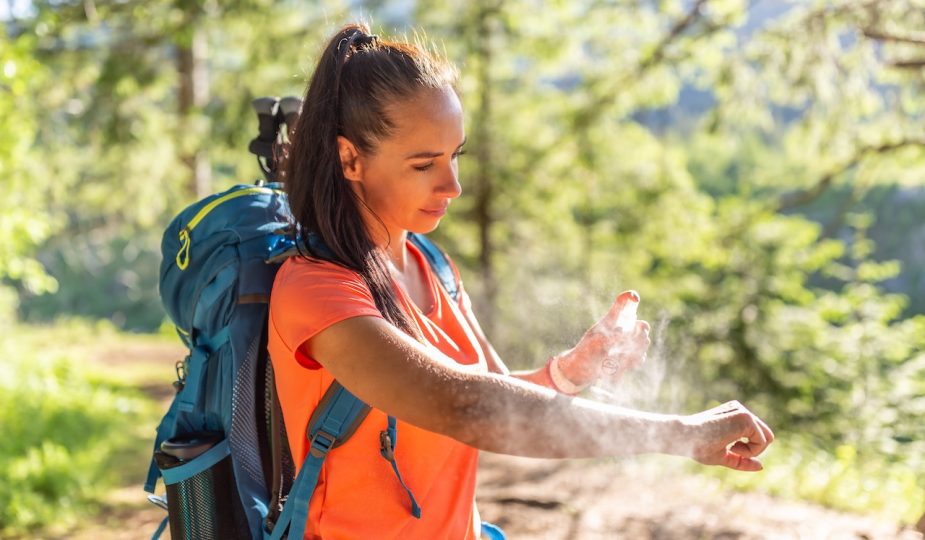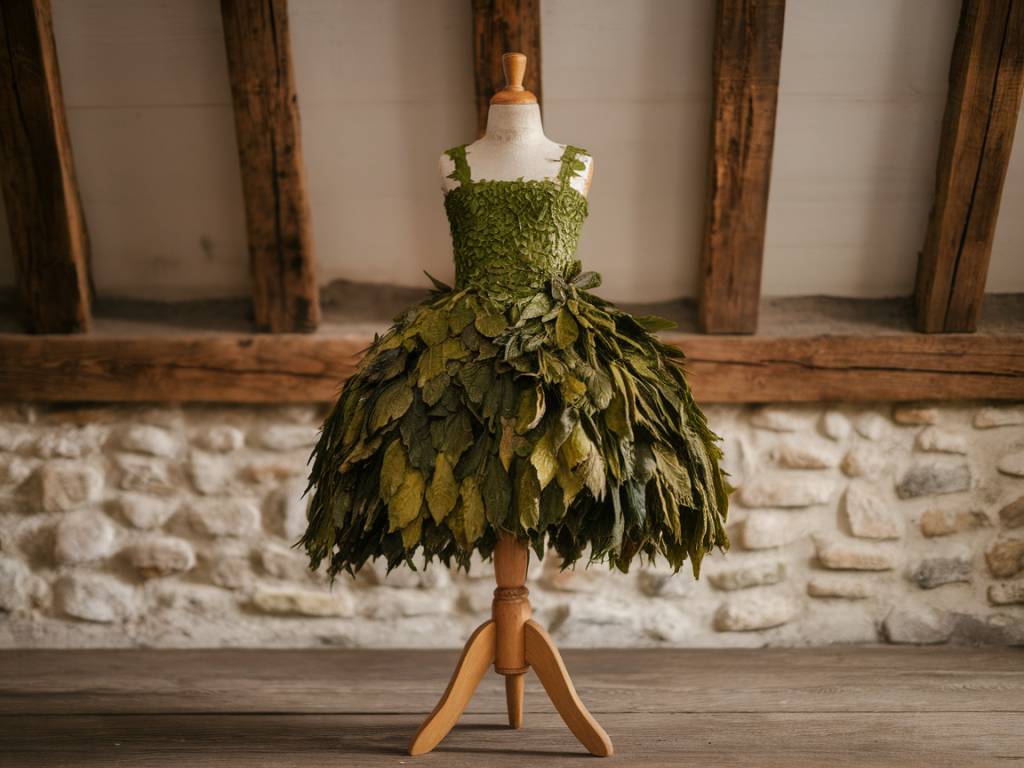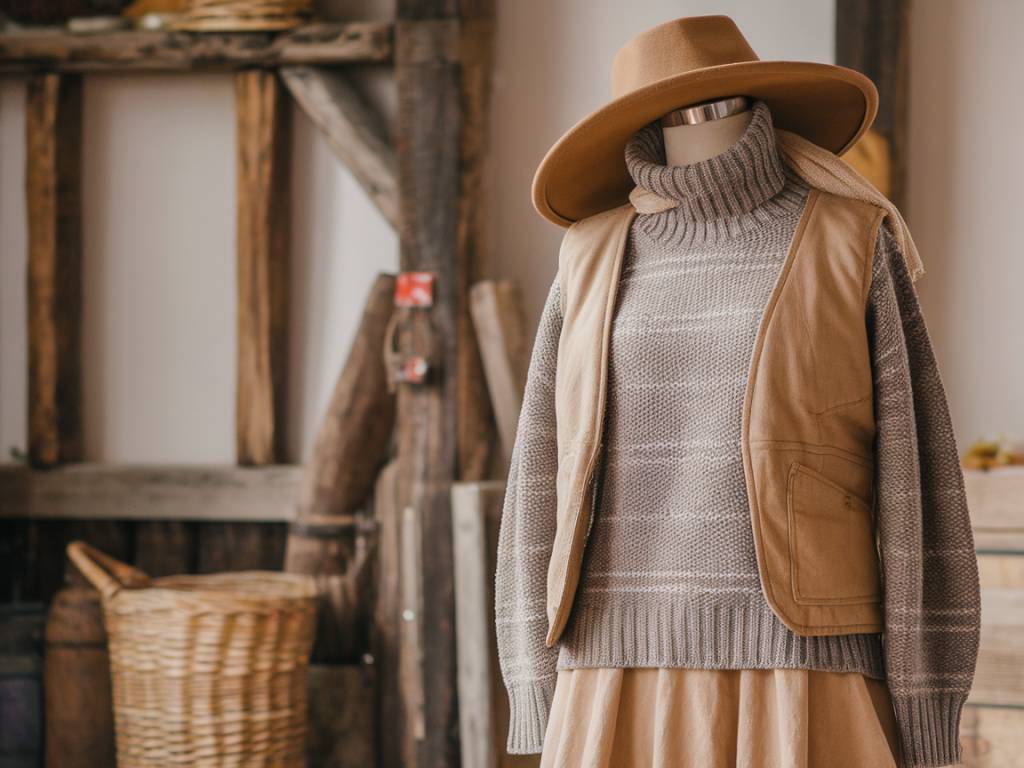West Nile Virus Surfaces Again in Italy: 10 Confirmed Cases and 1 Death
This July, the West Nile virus has quietly re-emerged in Italy, prompting health authorities to issue a renewed reminder: stay vigilant against mosquito bites. While the Ministry of Health reassures that the current situation is “in line with previous years,” data from the province of Latina reveal a cluster of serious cases that cannot be ignored. To date, ten human infections have been confirmed, including six cases of neuro‐invasive disease, and one fatality. Even a horse has succumbed to an infection compatible with West Nile virus, underscoring the need for proactive protection.
A Concentrated Outbreak in Lazio
Of the ten human cases reported so far, seven occurred in the province of Latina, part of the Lazio region. Two men, aged 63 and 72, remain hospitalized in critical condition at Santa Maria Goretti Hospital in Latina. Their overlapping hospital stays illustrate how this outbreak has overwhelmed a single medical ward. Four other patients have shown notable improvements under close veterinary oversight. The lone fatality involved an 82‐year‐old woman from Nerola (Rome province), who was admitted in mid‐July with high fever and confusion. These clusters highlight how rapidly the virus can progress from mild symptoms to life‐threatening complications, especially among vulnerable populations.
West Nile Virus: A Decades-Old Challenge
West Nile virus first arrived in Italy in 1998 via infected mosquitoes migrating from Africa. For ten years it remained largely dormant, causing few human infections. In 2008, however, it began to affect people with growing regularity. Last year (2024), Italy recorded approximately 460 confirmed cases and 20 deaths, spread across multiple regions. This year’s figures—though lower in total number—are concentrated and severe, raising questions about local environmental factors, hot summer conditions, and mosquito population dynamics.
Why Italy’s Mosquito Season Requires Extra Care
High temperatures in July create ideal breeding grounds for Culex mosquitoes, the primary vectors of West Nile virus. Stagnant water in irrigation channels, garden containers, and puddles attracts egg‐laying females. In this particular heatwave, daily highs have hovered well above 30 °C, intensifying mosquito activity at dawn and dusk—the peak hours for bites. Even city dwellers may find breeding habitats in neglected planters or rooftop water tanks.
- Climate factors:unusually hot, dry spells alternate with brief heavy showers, creating temporary pools for larvae.
- Ecological hotspots:wetlands, rice fields and coastal lagoons around Latina serve as breeding nuclei.
- Wildlife reservoirs:birds carry the virus and sustain transmission cycles between mosquitoes and humans.
Symptoms to Watch For
Most West Nile virus infections are mild or asymptomatic. However, about 20 % of people develop West Nile fever, characterized by:
- Fever (38–40 °C),
- Severe headache,
- Muscle aches and joint pain,
- Rash on torso, arms or legs,
- Swollen lymph glands or eye pain.
Approximately 1 % progress to neuro‐invasive disease (meningitis, encephalitis or poliomyelitis‐like syndrome), presenting with:
- Neck stiffness,
- Severe disorientation or confusion,
- Tremors, muscle weakness or paralysis,
- Seizures.
Anyone experiencing these symptoms—especially in areas with confirmed cases—should seek immediate medical attention. Early hospitalization and supportive care can significantly improve outcomes.
Five Essential Mosquito Defense Strategies
Ward off bites and reduce your risk with these simple yet effective measures:
- Use EPA-approved repellents:containing DEET, picaridin or oil of lemon eucalyptus, applied every 4–8 hours.
- Wear protective clothing:long sleeves and pants in light colours minimize skin exposure during peak mosquito hours.
- Install screens and netting:mosquito nets over beds and repaired window/door screens keep insects out at night.
- Eliminate standing water:empty plant saucers, buckets and gutters weekly to destroy breeding sites.
- Consider natural deterrents:grow citronella, lavender or marigolds on balconies and near entrances; while not foolproof, they add a layer of repellent scents.
Community and Health Authority Actions
The Italian Ministry of Health has not declared an official alert, but regional authorities in Lazio have initiated enhanced mosquito surveillance and larvicide treatments in public spaces. Public advisories recommend high‐risk individuals—those over 65, immunocompromised or living with chronic conditions—to avoid outdoor activities around dusk and dawn. Local clinics are on heightened alert to expedite testing (IgM and PCR assays) for suspected cases.
Looking Ahead: Balancing Reassurance with Vigilance
While this year’s case count remains lower than in 2024, the localized severity in Latina underscores the unpredictable nature of mosquito-borne diseases amidst climate fluctuations. Maintaining good mosquito control and bite‐prevention habits is crucial through October, as warmer autumn nights can extend the transmission season.
By combining personal protection, environmental management and swift medical response, we can keep the West Nile virus in check—and enjoy the remainder of summer with confidence.








